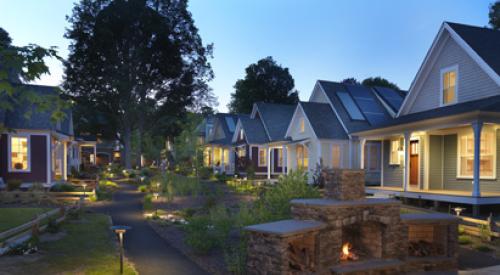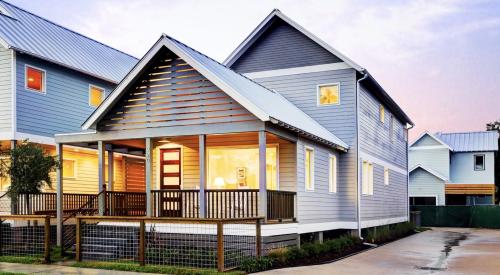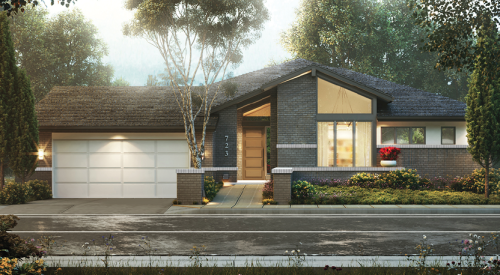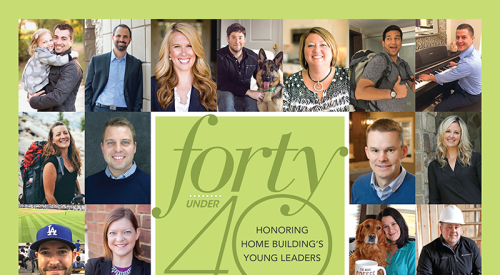 |
|||||||||||||||||||||||||
|
Visionary architect Robert Simon introduced a method of community planning that had at its core building a strong sense of community.
|
|||||||||||||||||||||||||
 |
|||||||||||||||||||||||||
 |
|||||||||||||||||||||||||
|
|
|||||||||||||||||||||||||
Robert Simon was a dreamer and an architect. He was fascinated by what made communities work: their social interactions, their economies, their institutions, their self-images and motivation. He worried about all of these things and more, and this introspection shaped a community named Reston outside of Washington, D.C. in what was then rural Fairfax County, Virginia. His comprehensive vision set a new standard for how to think about community building.
Reston introduced clustering residences around common parks and open spaces, mixing land uses, providing large open spaces for recreation, offering attractive public transportation options, promoting an appreciation for design, and protecting the environment.
To be sure, his reach may have been a bit beyond his grasp; the development didn't really achieve market success until it was taken over by the Gulf Oil Company in 1967. They found ways to market the housing mix that Simon believed was needed. His notion of cluster housing was ahead of the market, but it remains one of Reston's enduring legacies. Perhaps one of Reston's other notable contributions to the craft of community building is its built-in anticipation of—no, commitment to—change. This was one of the qualities that allowed Gulf Oil to focus marketing strategies that finally succeeded.












